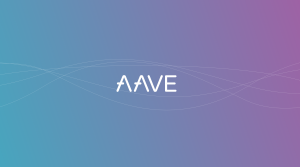The term distributed ledger technology (DLT) describes a technology used for documenting certain transactions. DLT forms the basis for today's blockchain networks such as Bitcoin.
A "distributed ledger" (DLT) is a database that is consensually shared and synchronized across multiple locations, institutions, or regions. The participant at each node of the network can access the records shared on that network and own an identical copy of them. The decentralized structure prevents unauthorized changes, or detects them quickly. All information on it is usually stored cryptographically secure and accurate. Access is guaranteed via keys and cryptographic signatures.

The blockchain, which bundles transactions into blocks that are linked together and then sends them to the nodes in the network, is probably the best-known type of distributed ledger technology. The Bitcoin protocol, among others, is based on it.
Unique features of DLT
Distributed ledger technology (DLT) enables shared data management and, in particular, collaborative ledgering with participants who do not know or trust each other. At its core, it involves systems for shared data management based on distributed ledgers. A blockchain is one possible form of how data is stored in such a system. DLT enables the direct, electronic transfer of value between participants in the network without the need to involve an account-holding, centralized entity.
The development of DLT is predicted to have considerable potential for innovation and efficiency gains, both in the financial sector and in other sectors of the economy. In Switzerland, a distinctive ecosystem with innovative fintech and blockchain companies has already developed in recent years, particularly in the financial sector.









